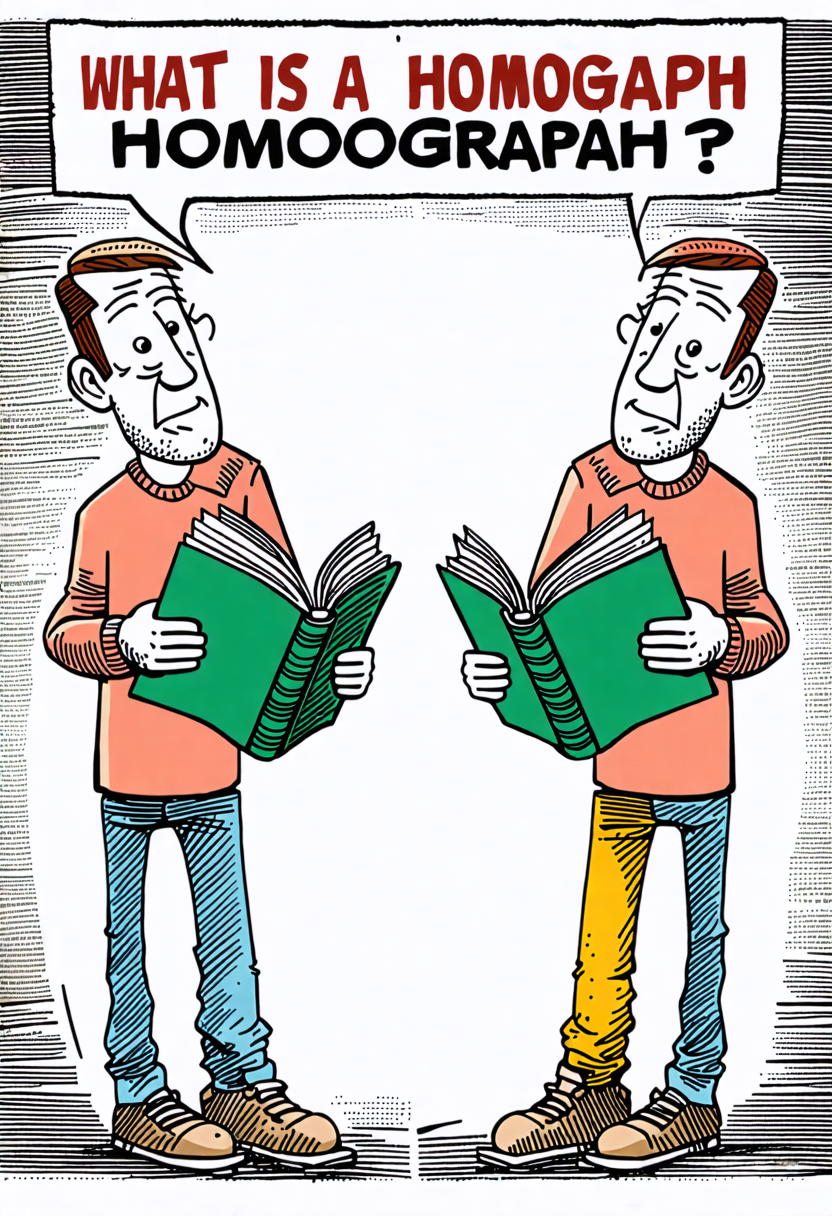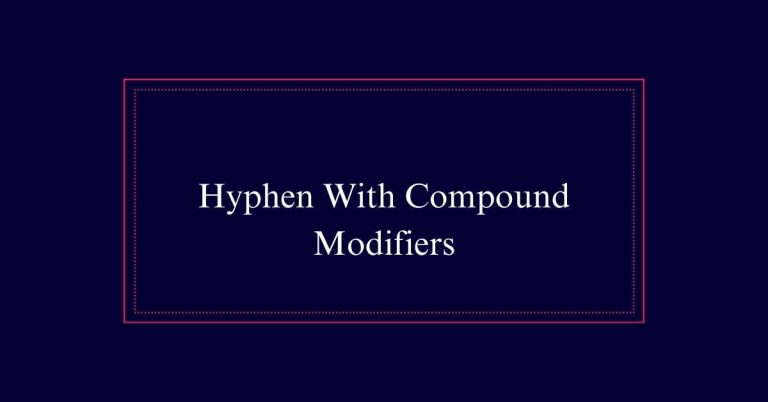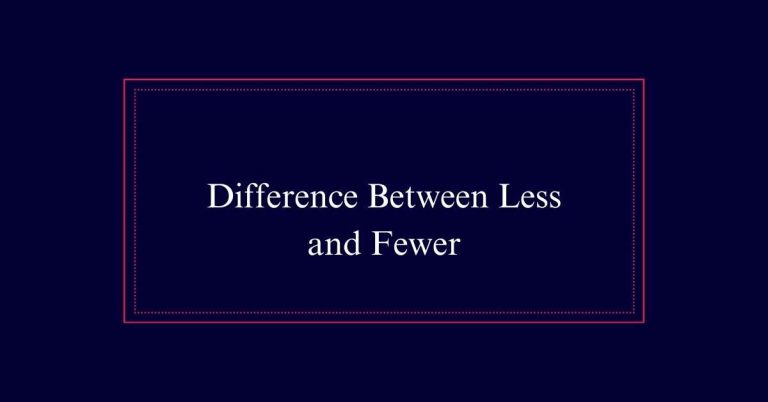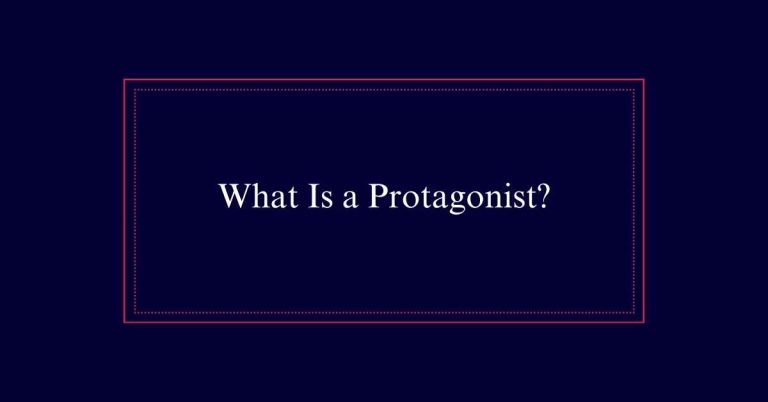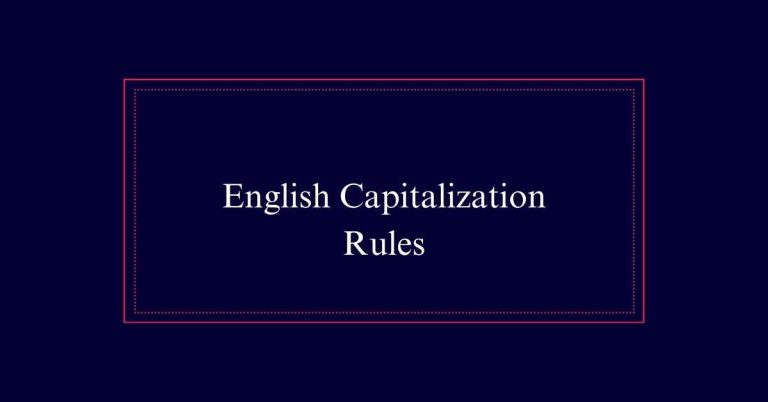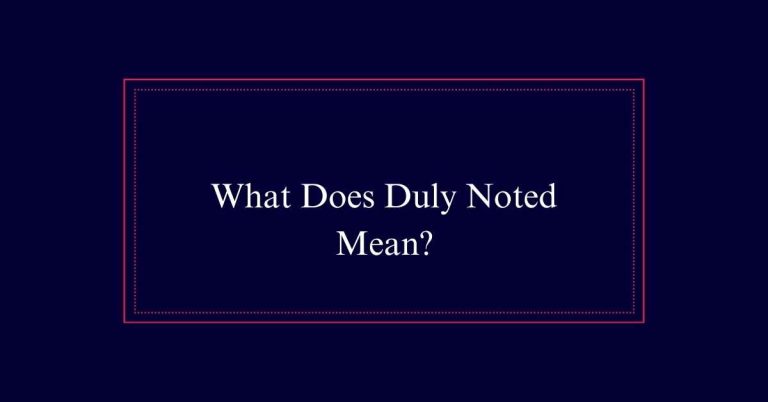What Is a Homograph?
A homograph is a word that shares the same spelling with another word but has a different meaning. Homographs may also have different pronunciations based on their context. For example, ‘lead’ can mean a type of metal or to guide someone. Context determines the correct meaning and pronunciation.
Definition of Homograph
A homograph is a word that shares the same spelling as another word but has a different meaning. Homographs can vary in pronunciation and origin. The prefix ‘homo-‘ means same, and ‘graph’ means writing, indicating that these words are written identically. However, their meanings are distinct.
For example, the word ‘lead’ can refer to a type of metal or the act of guiding someone. Homographs are a subset of homonyms, which are words that can have the same spelling or sound but different meanings. Understanding homographs is important for clear communication, as their varied meanings can cause confusion.
Homograph Characteristics
Homographs have the same spelling but differ in meaning and sometimes pronunciation. These words are unique in the English language and can often cause confusion. Understanding their characteristics is essential for clear communication.
Key characteristics of homographs include:
- Multiple Meanings: They can represent entirely different concepts. For instance, ‘lead’ can mean a type of metal or to guide someone.
- Context Dependency: The meaning of a homograph is often determined by the context in which it is used. For example, ‘tear’ can mean a drop of liquid from the eye or to rip something.
- Pronunciation Variability: Some homographs are pronounced differently depending on their meaning, like ‘row’ (a line) and ‘row’ (a fight).
Homographs and Pronunciation
Some homographs exhibit variations in pronunciation depending on their meaning. For example, consider the word ‘lead.’ When pronounced as /leed/, it refers to guiding someone. When pronounced as /led/, it signifies a type of metal.
Another example is the word ‘tear.’ Pronounced as /teer/, it means to rip apart. Pronounced as /tehr/, it refers to a drop of liquid from the eye.
These pronunciation differences can indicate distinct meanings, aiding in contextual understanding. Homographs like ‘wind’ (/wɪnd/ meaning to twist) and ‘wind’ (/waɪnd/ referring to moving air) further illustrate how pronunciation shifts convey different concepts.
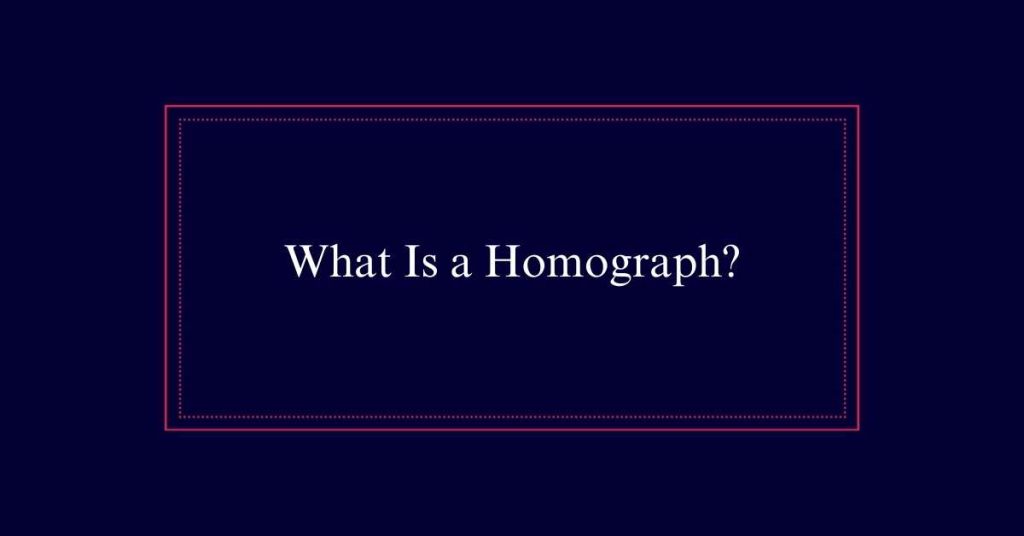
Homographs Vs. Homonyms
Understanding the pronunciation variations of homographs highlights the need to distinguish them from homonyms.
While homographs share the same spelling but may differ in pronunciation and meaning, homonyms are a broader category.
Homonyms include both homographs and homophones—words that sound the same but have different meanings.
To clarify:
- Homographs: Same spelling, different meanings, and sometimes different pronunciations (e.g., ‘lead’ the metal vs. ‘lead’ a group).
- Homophones: Same pronunciation, different meanings and spellings (e.g., ‘pair’ vs. ‘pear’).
- Homonyms: An umbrella term that includes both homographs and homophones.
Homographs Vs. Homophones
In contrast to homophones, homographs share the same spelling but can differ in both meaning and pronunciation. Homophones, on the other hand, have different spellings and meanings but are pronounced the same. Understanding the difference between these two linguistic concepts is essential for grasping the nuances of English.
| Homographs | Homophones | |
|---|---|---|
| Definition | Same spelling, different meanings | Same pronunciation, different meanings |
| Example 1 | Bow (weapon) vs. Bow (front of a boat) | There vs. Their |
| Example 2 | Lead (metal) vs. Lead (to guide) | Two vs. Too |
Homographs can often confuse due to their identical spellings with varied meanings and sometimes pronunciations. Homophones create confusion in spoken language due to identical sounds but different spellings and meanings.
Common Homograph Examples
Identifying common homographs can help clarify their various meanings and uses in English. Homographs are words that are spelled the same but have different meanings and sometimes different pronunciations. Familiarity with these words can aid in understanding and communication.
Here are three common homographs:
- Lead: This word can refer to a type of metal (pronounced /lɛd/) or to guide someone (pronounced /liːd/).
- Tear: This can mean a drop of liquid from the eye (pronounced /tɪər/) or to rip something (pronounced /tɛər/).
- Bass: This word can describe a type of fish (pronounced /bæs/) or a low, deep voice or sound (pronounced /beɪs/).
Sentence Examples
To illustrate the concept of homographs, consider the following sentence examples. These examples showcase how the same spelling can convey different meanings based on context.
| Word | Sentence 1 | Sentence 2 |
|---|---|---|
| Lead | The pipes were made of lead. | He will lead the team to victory. |
| Bass | She caught a bass in the lake. | The song has a deep bass line. |
| Tear | A tear rolled down her cheek. | Be careful not to tear the paper. |
| Wind | The wind was very strong today. | Please wind the clock before leaving. |
| Bow | She tied her hair with a bow. | He took a bow after his performance. |
These sentences highlight how homographs add richness and complexity to the English language.
Homographs in Literature
Many classic and contemporary works of literature utilize homographs to add depth and nuance to their narratives. These words, with identical spellings but different meanings, can create rich layers of interpretation:
- Poetry: Poets often use homographs to play with multiple meanings, enriching the reading experience.
- Plays: Playwrights, like Shakespeare, employ homographs in dialogue to add wit and complexity.
- Novels: Novelists use homographs to develop themes, illustrate character traits, or introduce ambiguity.
Through these techniques, authors engage readers in a more interactive experience. The use of homographs can lead to varied interpretations, prompting readers to think critically about the text. This literary device enhances the depth and richness of the narrative, making the literature more engaging.
Why Homographs Matter
Homographs play a crucial role in enhancing the richness and complexity of language. They add layers of meaning and context, making communication more nuanced. Writers and speakers use homographs to create puns, add depth to poetry, and construct more sophisticated texts. This multiplicity can be challenging but also rewarding, as it encourages critical thinking and deeper understanding.
| Homograph | Meaning 1 | Meaning 2 |
|---|---|---|
| Bow | To bend forward | A type of weapon |
| Lead | A type of metal | To guide or direct |
| Tear | To rip | A drop of liquid from eye |
| Wind | Movement of air | To twist or turn |
| Read | To interpret text | Past tense of ‘read’ |
Tips to Identify Homographs
Recognizing homographs involves examining context, pronunciation, and significance.
To effectively identify homographs, it is imperative to pay attention to the surrounding text and the role the word plays within a sentence. This can help differentiate between words that look the same but serve different purposes.
- Context: Understand how the word fits within the sentence. The meaning often changes based on usage.
- Pronunciation: Some homographs are pronounced differently depending on their meaning. Listening can provide clues.
- Meaning: Look up definitions if unsure. Knowing multiple meanings can clarify which one applies.
